Digital twins and the future of innovation at Lloyds Banking Group
For most of us, the concept of a digital twin – a virtual representation of our physical self – sounds like a well-worn trope from the science fiction genre.
Believe it or not though, today the world of science fiction has landed in reality. The fascinating world of digital twins is right now revolutionising industries across the globe, including financial services, and is very much already on our doorstep.
Indeed, organisations have already begun testing how this technology could be applied to real life, or in business; picture being able to test scenarios, predict outcomes, and optimise performance without any real-world consequences.
Here at Lloyds Banking Group we are exploring the power of this new technology to see how it could drive innovation and improve our services. Here’s everything you need to know about digital twins and our journey so far with this amazing technology.
What are digital twins?
In essence, digital twins are virtual representations of physical entities. These entities can range from individual assets to business processes to entire cities. The concept is simple yet powerful: create a real-time, virtual copy of something to run simulations against and predict outcomes.
For example, Singapore is working on a city-wide digital twin to enhance urban planning and management. This technology allows for the testing of scenarios and can make data-driven decisions without any physical risks.
In the manufacturing sector, companies such as General Electric and Rolls Royce are using digital twins to optimise the design and performance of complex equipment, such as plane engines. By creating virtual replicas, they can test modifications and predict their impact on the overall system.
In healthcare, the potential of digital twins is truly groundbreaking. Imagine having a virtual copy of yourself to test the effects of medications or surgeries. This could lead to personalised treatments and improved patient outcomes. Although this application is still in its early stages, the possibilities are endless.
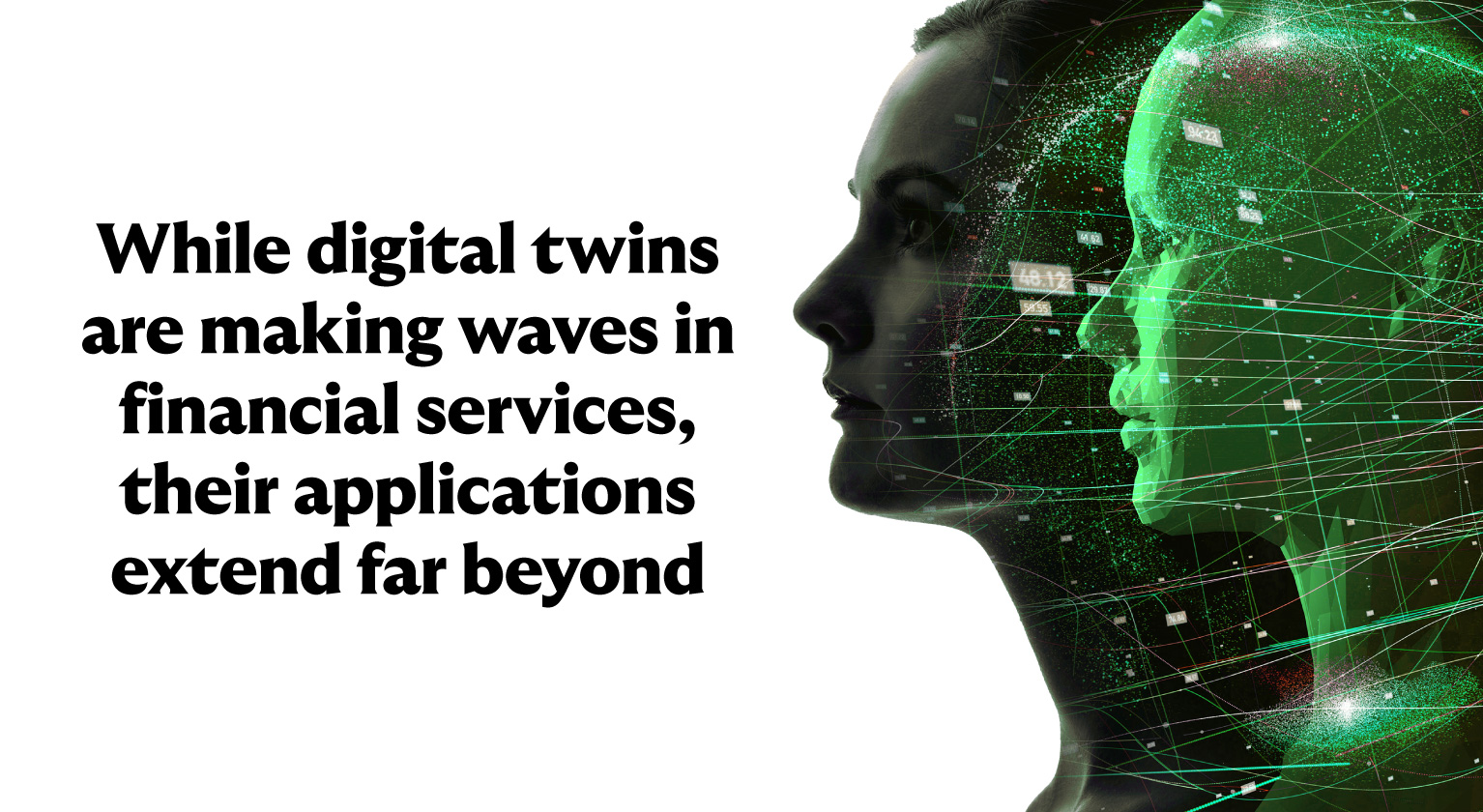
How do digital twins differ from traditional simulation models?
Well, traditional models, like Monte Carlo simulations, have been used for years to predict outcomes based on randomly sampling large datasets and running them through models to predict an outcome.
However, digital twins take this a step further by incorporating live data inputs. This means that the virtual model is constantly updated, providing a real-time reflection of the physical entity.
Unlike existing simulation models, digital twins offer a dynamic and accurate representation, making them a game-changer in simulation technology. What’s more, the integration with AI has improved the speed at which simulations can run, and reinforcement algorithms allow for the system to constantly improve its outputs.
Applications in Financial Services
Digital twins have a wide range of use cases within financial services, including both front and back-office functions.
For example, digital twins could be used to help simulate more personalised campaigns and products for customers. Additionally, they could help simulate a range fluctuation and changes in markets, like interest rates, due to socio-economic or political factors, allowing a bank to predict the impact of these changes on customers finances.
Twins can also be used to help model risk and compliance activity, enabling better understanding of risk dependencies and repayment management against certain events. From a more holistic lens, digital twins can support all internal functions to be more efficient, including HR and IT by highlighting bottlenecks or duplication of these processes.
Here at the Group, we have seen real value from experimenting with digital twins. For instance, we created a twin of our technology estate to model different scenarios around how we could reach our 2030 Net Zero goal. The twin allowed us to test different strategies against each other and provide insight on which one could best help us deliver our pledge.
"In healthcare, the potential of digital twins is truly groundbreaking. Imagine having a virtual copy of yourself to test the effects of medications or surgeries."
What challenges need to be overcome?
Despite the promising potential of digital twins as a technology, there are of course challenges to overcome. One of the main hurdles is the integration of real time data which could be stored on different technology solutions in different hosting environments. Ensuring that the digital twin is constantly updated with accurate information requires a flexible data ingestion approach and robust data management systems.
Looking ahead, the future of digital twins is bright. Advances in artificial intelligence and machine learning will further enhance the capabilities of digital twins, enabling more sophisticated simulations and predictions. As technology evolves, we can expect to see digital twins being used in new and innovative ways across various industries.
Embracing the future
Here at Lloyds Banking Group, we have been experimenting with digital twins to enhance our operations and customer experience.
By creating digital twins, we can identify inefficiencies then test these improvements. This in turn helps us streamline operations and, importantly, deliver better services to our customers. As such, digital twins are not just a technological innovation; they represent a paradigm shift in how we approach problem-solving and optimisation.
We are excited to be at the forefront of this revolution. By harnessing the power of digital twins, we could transform our operations, enhance customer experience, and enable a more efficient and personalised future.













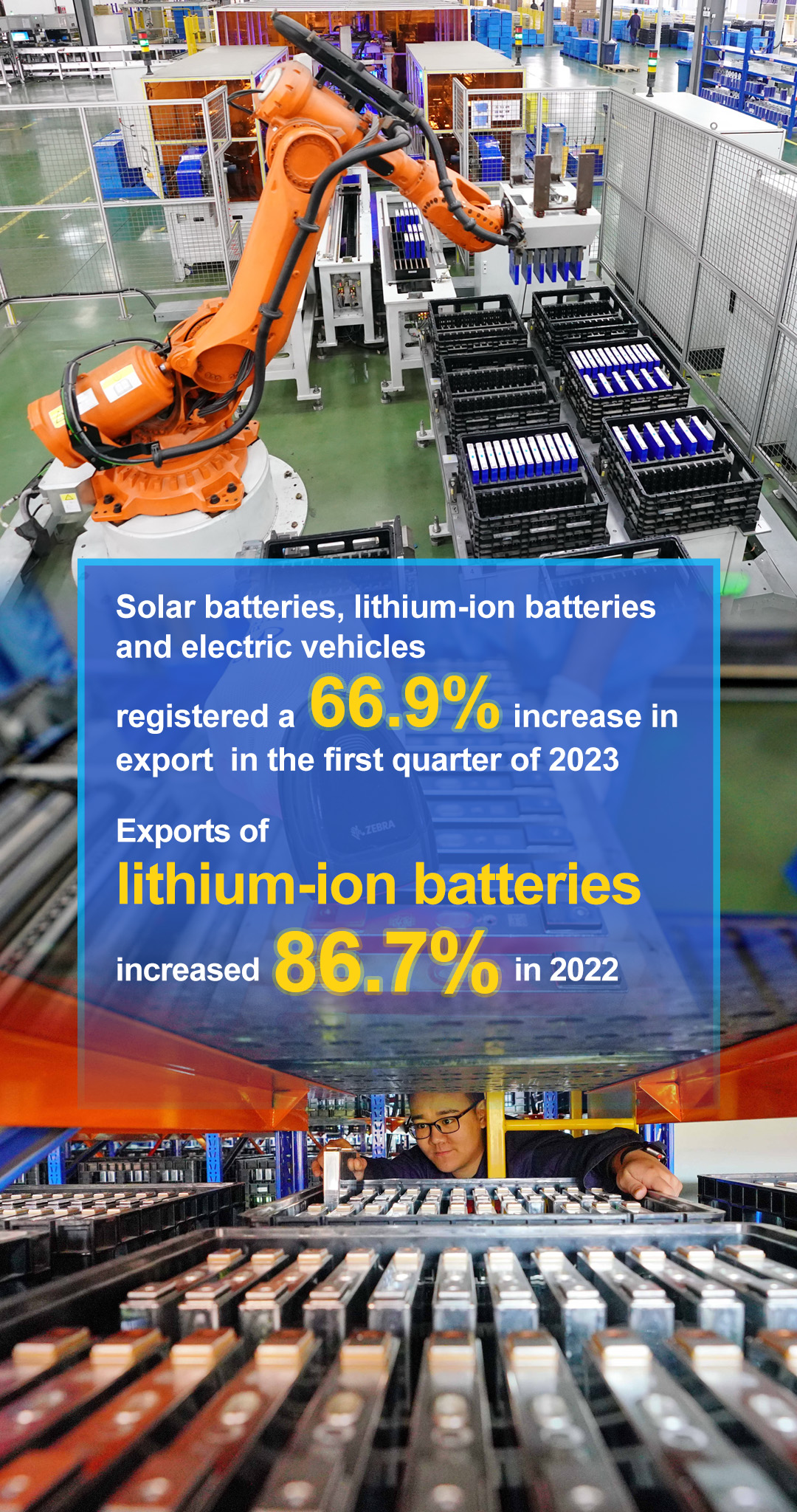

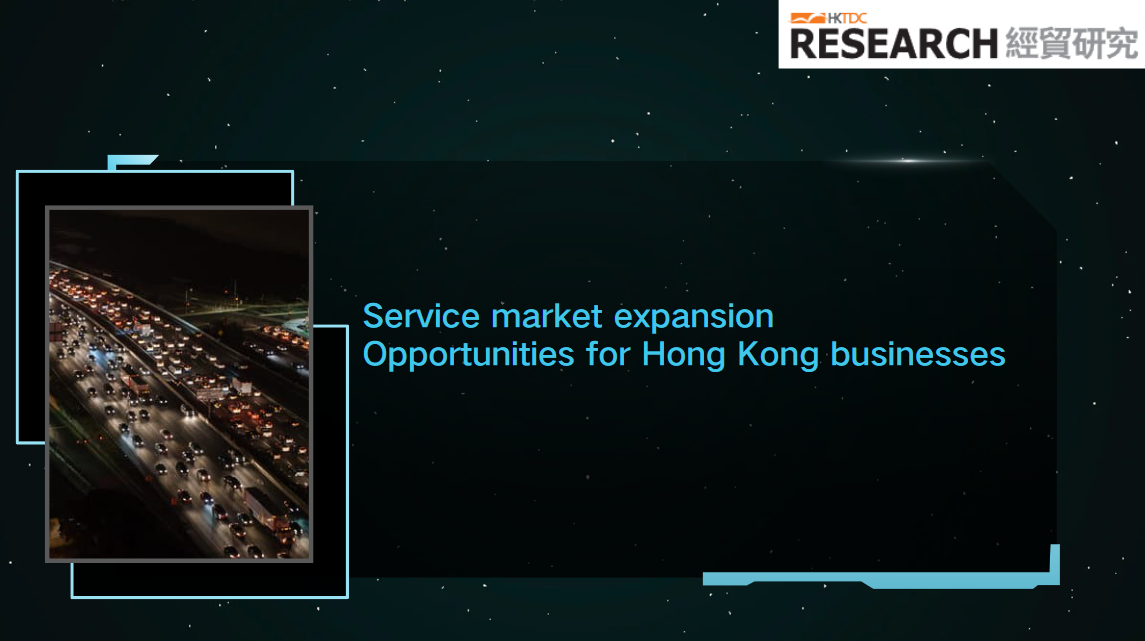

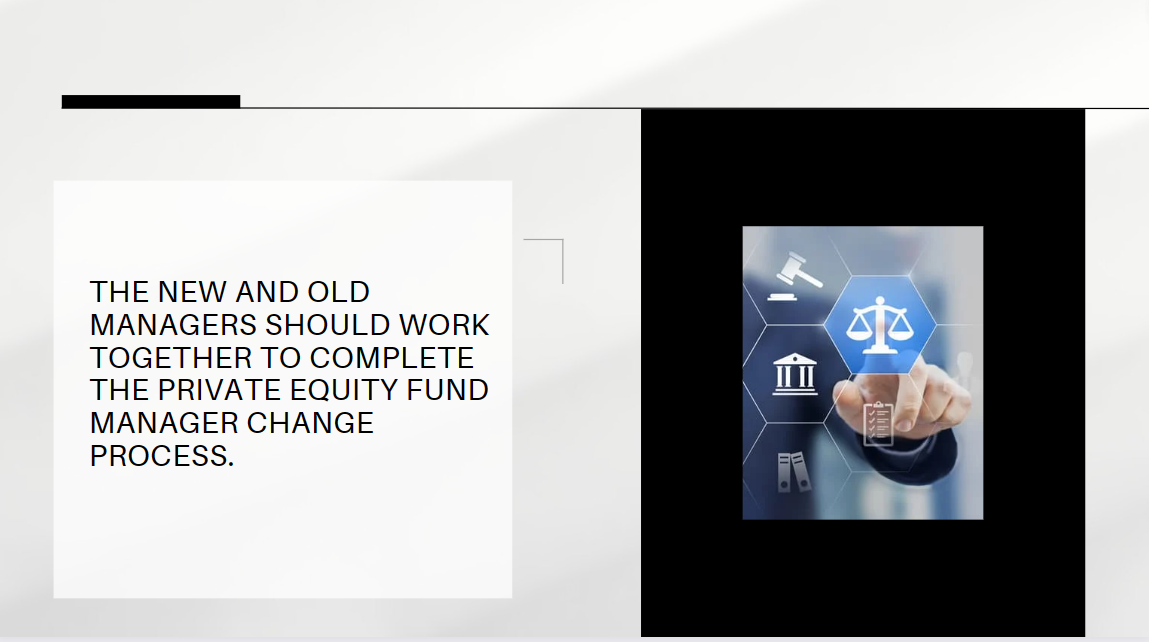

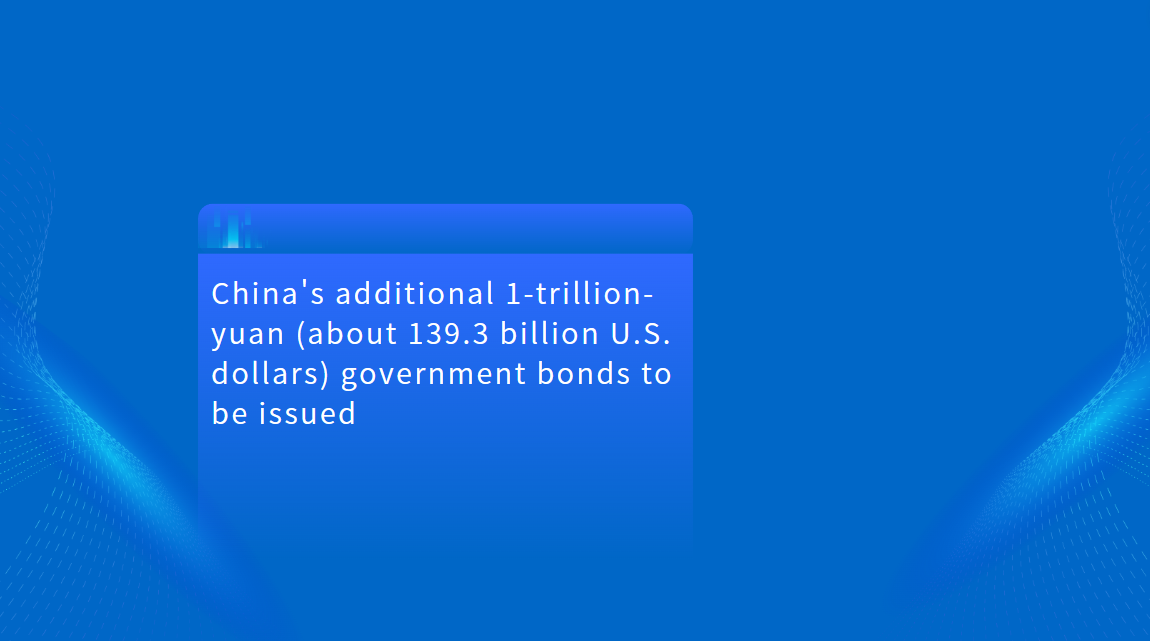
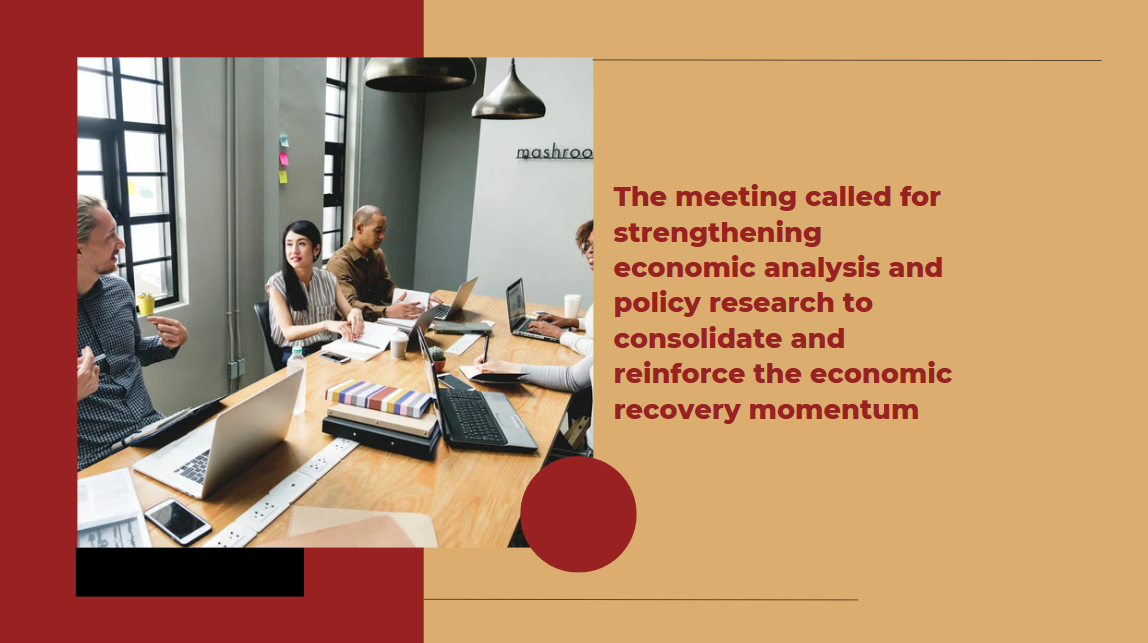
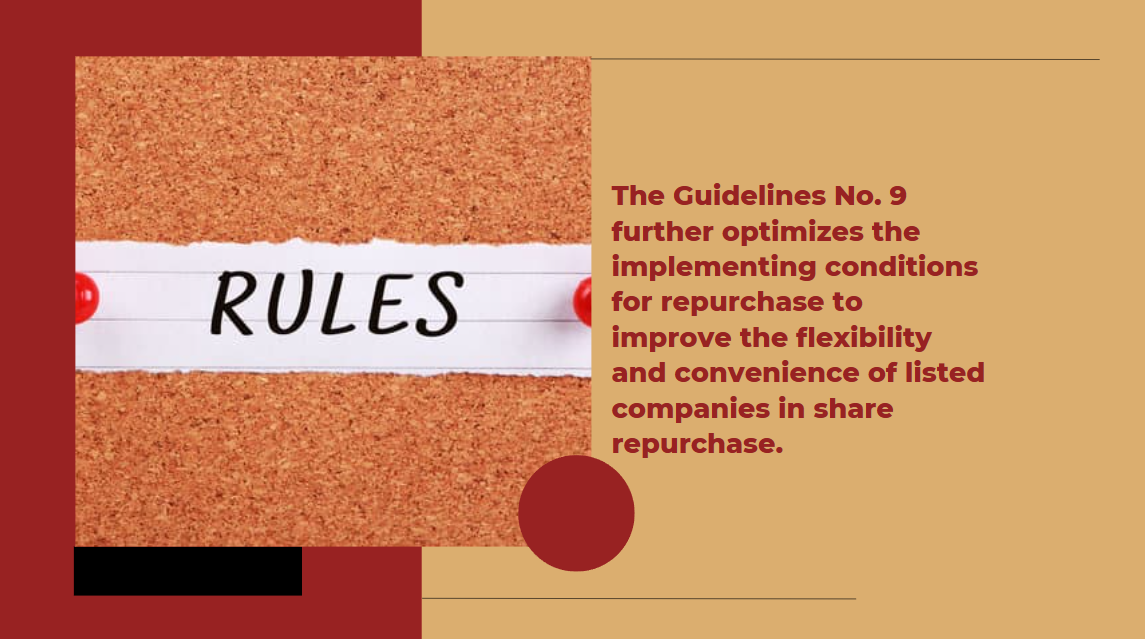



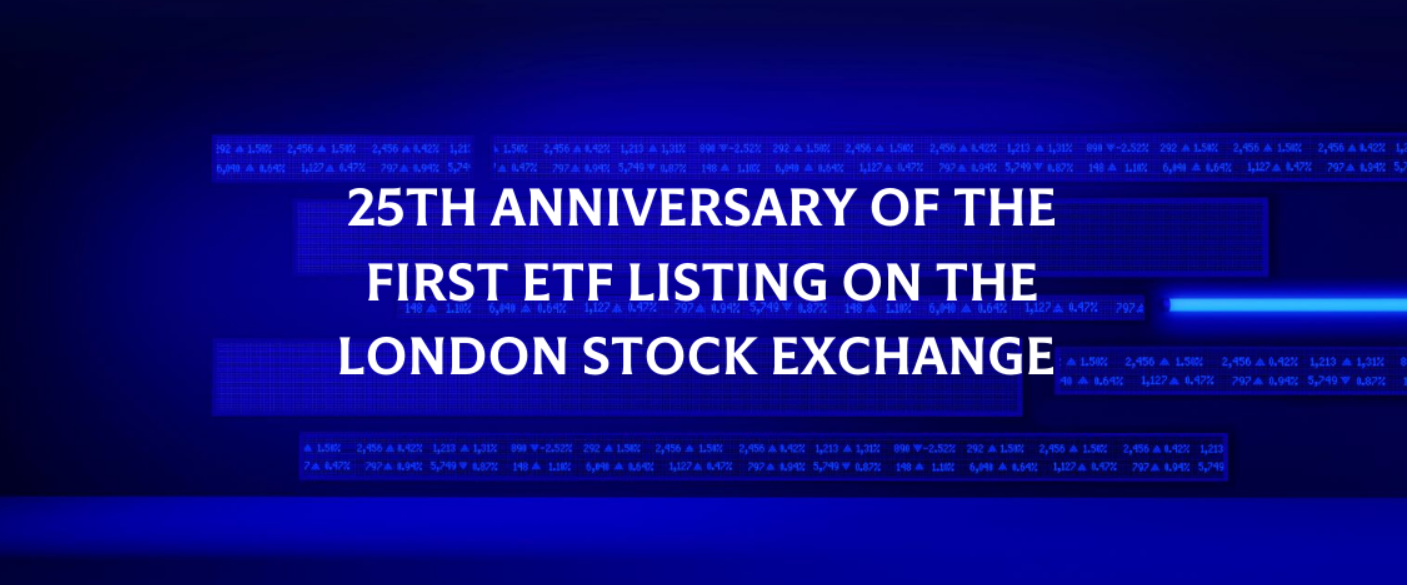











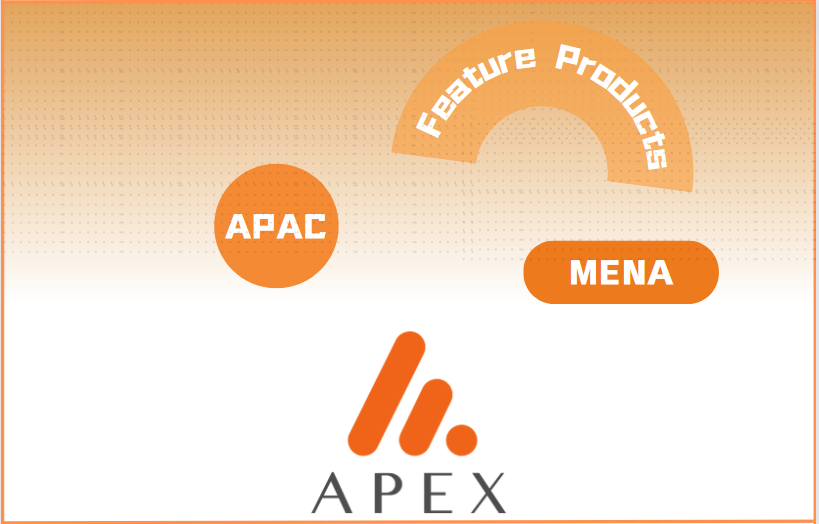





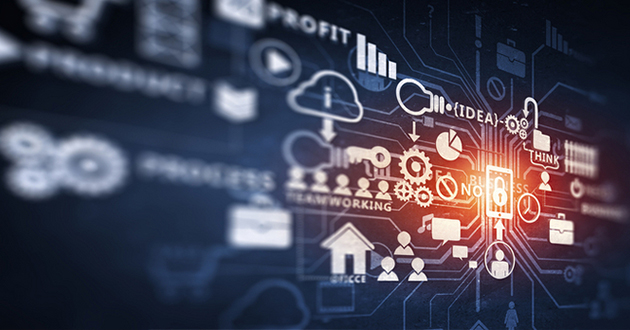

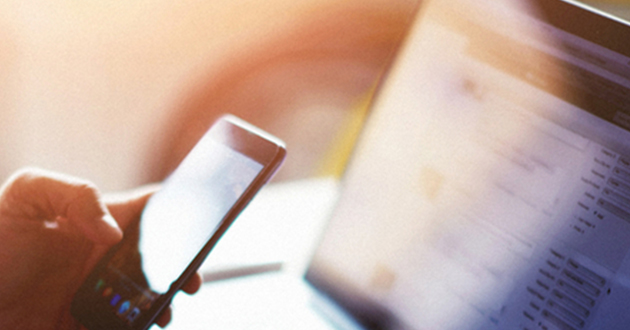



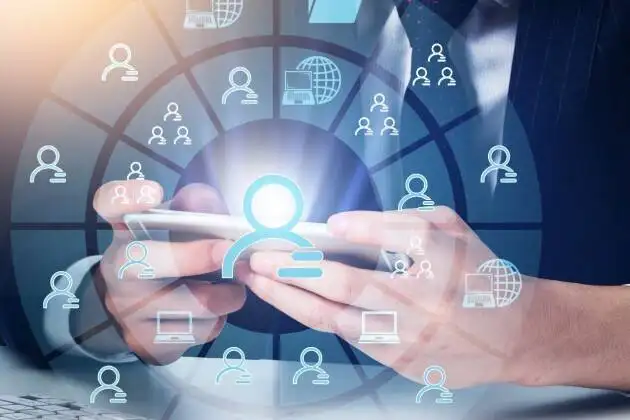

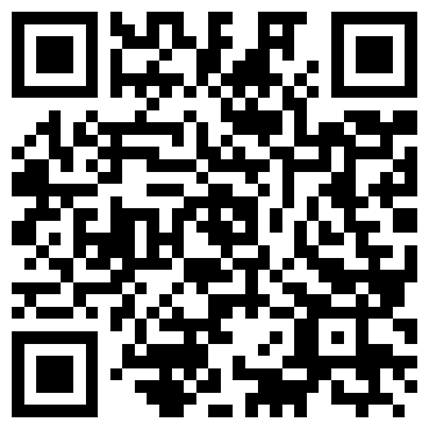
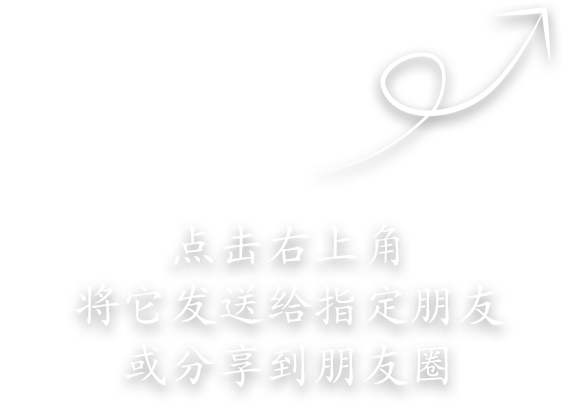
First, please LoginComment After ~